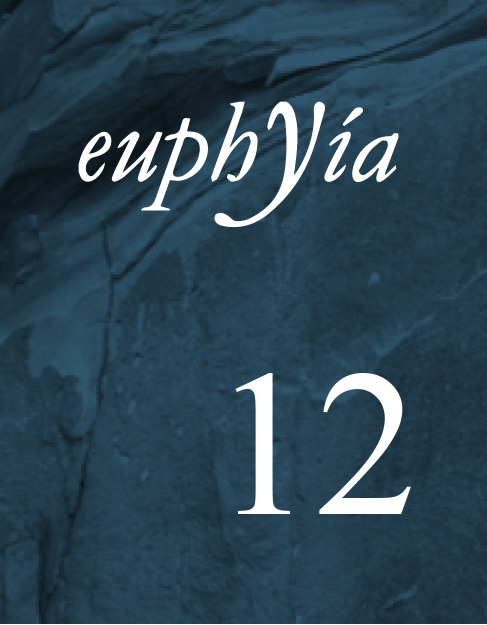Armonía y ritmo en la Poética de Aristóteles: una delimitación conceptual
DOI:
https://doi.org/10.33064/12euph174Keywords:
Harmony, rhythm, mimesis, Aristotle.Abstract
My purpose in this paper is to lay down the conceptual delimitation of the terms harmony and rhythm within Aristotle’s Poetics. I will show that Aristotle’s understanding of harmony and rhythm differs from that of Plato and from the stance he holds within his naturalistic works. In the Poetics Aristotle refers to a new order of reality, different from that of the metaphysical, the corporeal and the natural worlds. For Plato mimesis has an ontological meaning, whereas in the case of Aristotle, mimesis does not refer to anything previous or derived from any ontic reality. In the Poetics, art does not imitate the being of nature, but the function of things and their structure. The poetical realm is about a world characterized as intellectual, not as natural: for Aristotle the foundation of mimesis is epistemic, not metaphysical.Downloads
Downloads
Published
How to Cite
Issue
Section
License

Este obra está bajo una licencia de Creative Commons Reconocimiento-NoComercial-SinObraDerivada 4.0 Internacional.












